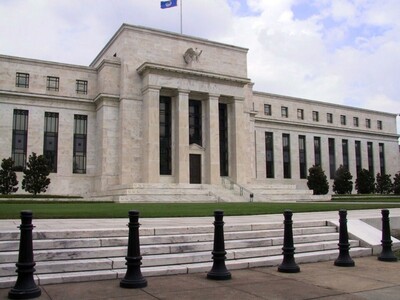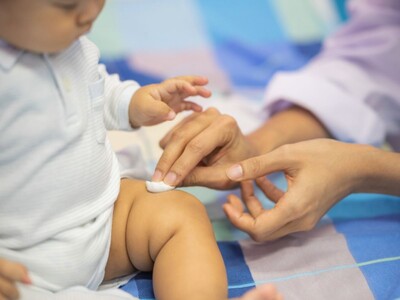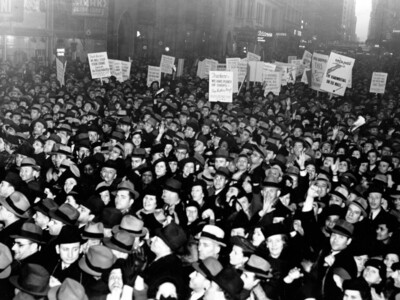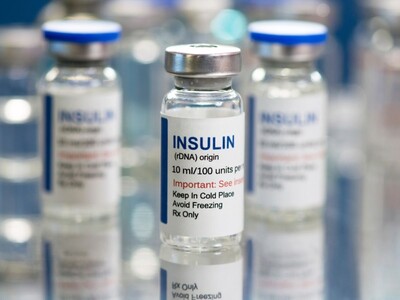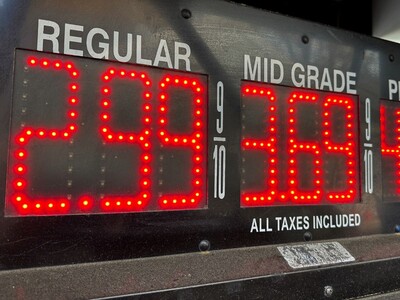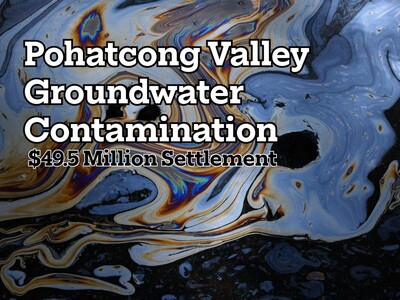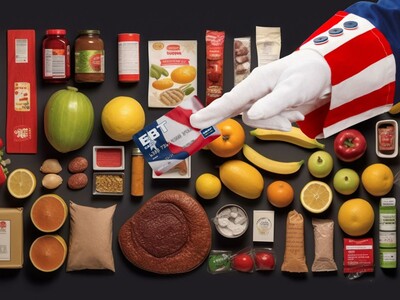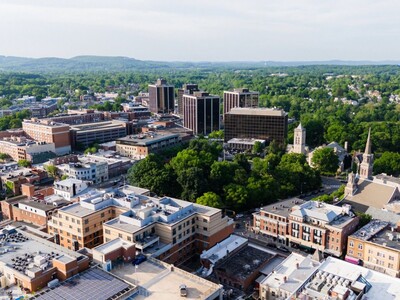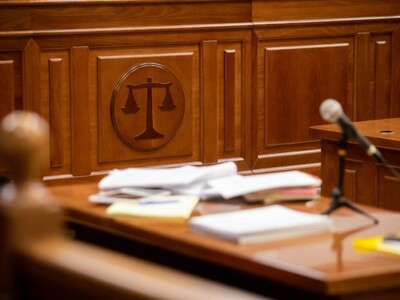From JCP&L -
"After a storm, our crews follow a formal process to restore all customers as quickly and safely as possible. Storms may damage a variety of electrical facilities, affecting our customers in different ways. Power may be knocked out to large numbers of residential customers, as well as hospitals, police and fire departments, water pumping stations, schools, or other important public facilities.
When an outage is widespread, restoring power to all affected customers at the same time may not be possible, so our crews follow an established protocol to help ensure public safety while returning customers to service as quickly as possible. The restoration effort generally begins with transmission and substation facilities, since they supply power for local distribution systems.
JCP&L prioritizes:
- Electrical hazards such as downed wires
- Critical facilities
- Outages that restore largest number of customers
- Localized and individual customers
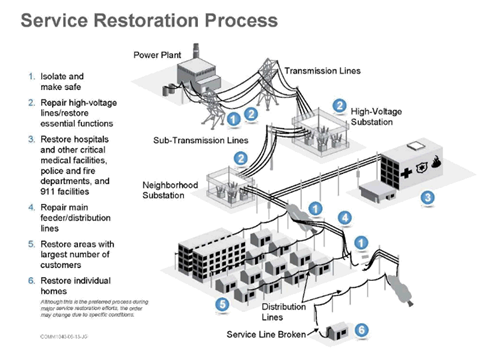
Occasionally, customers may wonder why they don't see crews in their area, or why crews drive past their homes instead of stopping to restore their power. Linemen may be en route to address a hazardous situation, to repair the transmission or substation facilities that feed the local network, or to address outages at critical public service facilities. The linemen, tree crews, or other workers you see may also be on their way to make repairs that must be completed before electricity can safely reach your location. Lines may be damaged in multiple locations, or the problem affecting your service could be located at some distance from your immediate community.
After local power lines are repaired and put back in service, damage to individual customer service wires may become apparent. If your neighbor's power is on and yours is not, the problem may be isolated to your individual service. Reporting the outage to us, even if it is later in the restoration process, can help us identify any problems that we may not have been aware of earlier."

